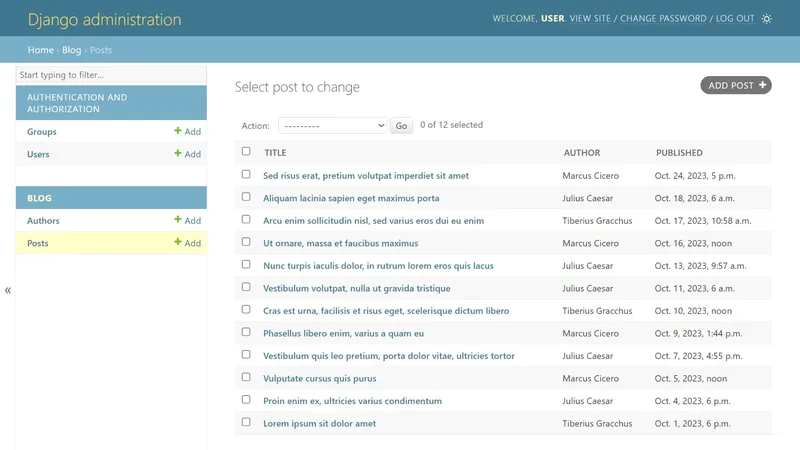A colleague recently told me the story of her Midwestern company, a .NET shop, acquiring a west coast company, an “open source” (Ruby, PHP, Python) shop. She was shocked at how different the cultures were.
While geographical differences are a huge part of this cultural difference, I can say from experience that the technology in use DOES play a significant role in the culture of the workplace. That got me thinking, how can subtle differences between technology we use affect culture in the workplace?
Cathedral vs Bazaar
The differences between the manner in which open source and commercial projects, such as .NET, are developed was first identified in 1999 in the book The Cathedral and the Bazaar.
In this book, the author made the analogy that Linux development was like a bazaar: anyone anywhere could work on it. At any given time, there could be hundreds of different versions, features, and changes being made. Eventually these would get accepted into the project. The key theme here is distributed, fast-paced development.
To the opposite, most commercial software was developed internally by its vendor, under cloak and veil, and every 2 or 3 years they would release a new version. Essentially, spending years building a grand cathedral, and then unveiling it to the world. The key theme here is centralized, grand-scheme development.
Effects on the Workplace
Unsurprisingly, those who work with open source frameworks are very familiar with the “bazaar” way of working. This style of working has influenced many concepts such as distributed workforces, agile methodologies, and 15-minute meetings. This increased speed and distribution of the workplace leads to faster business/product development, but also higher stress, which leads to company-provided perks to reduce stress such as video games in the office. Other perks, such as free food, might not serve to reduce stress, but to re-enforce this productive fast-paced culture. These are just a few cultural identifiers we often associate with open-source-heavy, west coast companies.
Conversely, those who are familiar with the “cathedral” paradigm, tend to think more long-term. Common practices like waiting to upgrade, or upgrading to every other version arise from the “cathedral” way of working. It’s simply the way things get done, with less of a daily “buzz” in the workplace, and more of a grand-scheme approach. As a result, we often see lower turnover rates, lower stress, and less of a need to enforce culture through cool perks.
Always Changing
Granted, a lot of this is changing. Nowadays, major open source projects are becoming more mature, and commercial projects like .NET are embracing more of a faster-paced open source approach. Both paradigms are gradually converging into a happy medium. Workplace cultures are continually evolving in a similar way.
The point here isn’t to say one style is better than the other, but to explore the differences between them. Drawing connection between technical, organizational, and cultural trends can provide insight towards maximizing the productivity and happiness of our workforce.
